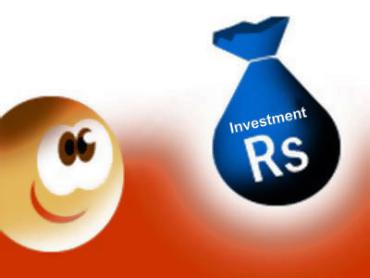
Monthly Income Plans are a good option for risk-averse investors looking for a higher return and more liquid alternative to bank fixed deposits. Present here is also a list of best MIP mutual fund schemes for 2010.
What is a Monthly Income Plan (MIP) mutual fund?
Primarily, MIP of mutual fund is a debt-oriented scheme that generally invests up to 75 to 80 per cent of its corpus in debt instruments and the remaining in equity instruments.
MIPs aim to provide investors with regular pay-outs (though dividends) -- although it is not mandatory for the mutual fund scheme as dividends are paid at the discretion of the fund house and subject to availability of distributable surplus.
Investment objective
MIP aims to provide reasonable returns on a monthly basis through investment in debt as well as a small portion in equities. They invest predominantly in interest yielding debt instruments (commercial paper, certificate of deposits, government securities and treasury bills).
The debt investments ensure stability and consistency while the equity instruments in the portfolio boosts the returns. MIPs are market-linked to the extent of their equity portfolio.
Click NEXT to read about risks and returns associated with MIPs

Risks associated with debt assets in the portfolio
MIPs are affected by interest rate changes in the economy (due to majority investment in debt instruments) as explained below:
Risks associated with equity assets in the portfolio
An investor must evaluate the structure of the equity portfolio and invest only if the risk levels are acceptable.
Return: MIPs aim to provide steady returns with limited volatility. In the past 3 years, most MIPs have provided average returns in the range of 12 to 13 per cent.
Tenure: MIPs are ideal for investment horizon of 2-3 years.
Click NEXT to read how MIPs are taxable and the best MIPs for 2010

MIPs being debt mutual funds, a dividend distribution tax (DDT) of 12.867 per cent is levied.
If you sell the fund units before a year and there is a gain, short-term capital gains (STCG) tax is applicable -- the net gain will be added to current taxable income and tax will be levied as per your personal income tax slab.
If you sell units after a year and there is a gain, a long-term capital gains (LTCG) tax is applicable -- 10 per cent tax will be levied (without indexation benefit) or 20 per cent tax with indexation benefit, whichever is lower.
Who should invest?
Conservative investors who are looking for better returns than bank FDs, mutual fund MIP could be a good option. Although monthly returns cannot be guaranteed, one can bank on them for a steady income.
Best MIPs for 2010

Data as on April 26, 2010; Source: Valueresearch
Alternatives to mutual fund MIPs:
Alternatives to mutual fund MIPs are bank term deposits, post-office MIP, Fixed Maturity Plans (FMPs).
Click NEXT to read the conclusion

MIPs cannot assure you uninterrupted monthly income.
The monthly dividends are subject to interest rate fluctuations and even market volatility (with the increasing exposure to equities). However, mutual fund MIPs score over 'regular-income products' on two fronts: returns and tax efficiency.
They can be an investment alternative for senior citizens looking for regular income beyond fixed deposits. They are also a preferred choice for risk-averse investors wanting to enter the stock market with limited exposure.
However, do not depend only on MIPs of mutual funds for regular income. Instead, invest in a mix of assets to limit the loss from any one investment.